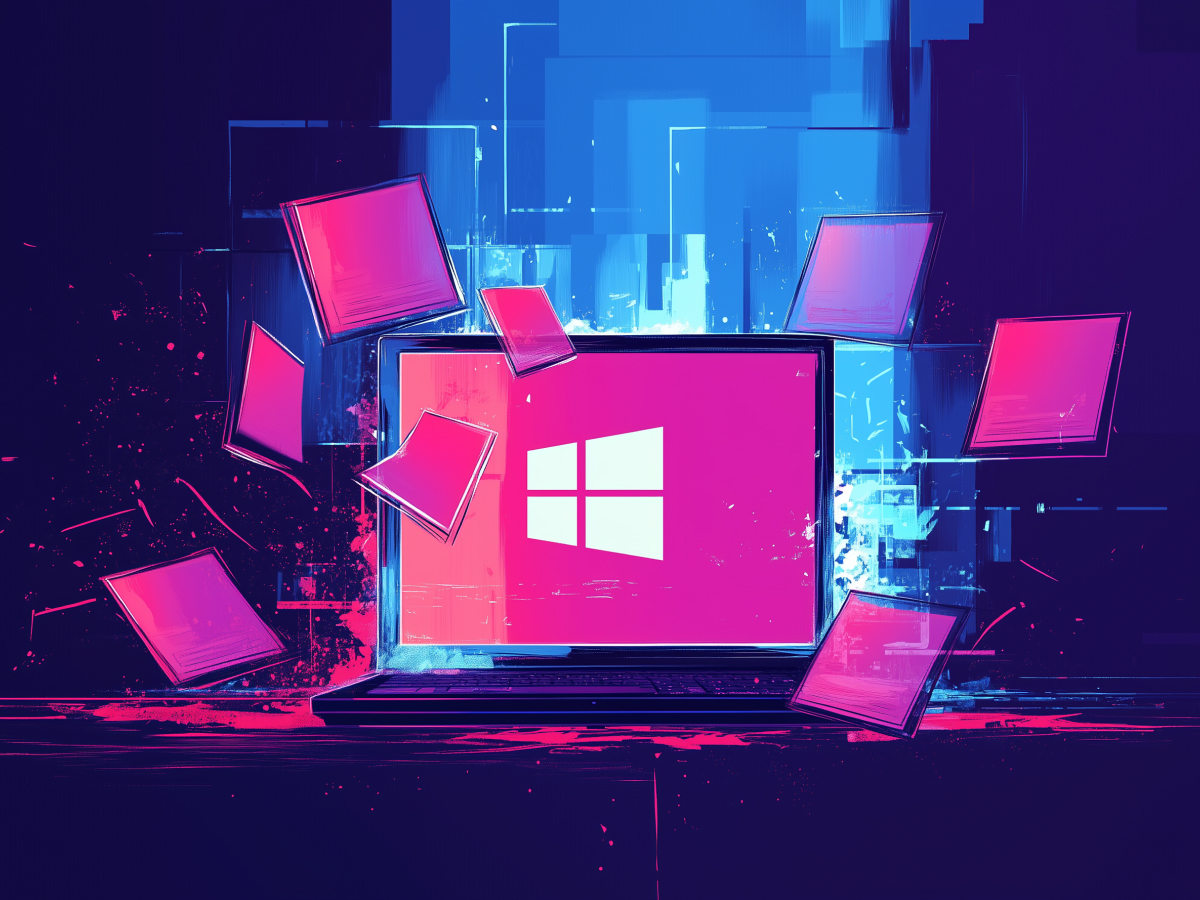Microsoft has decided that system-wide failures, like the CrowdStrike incident, are simply unacceptable. To counteract this, the company is rolling out the Windows Resiliency Initiative—a well-thought-out strategy to reinforce system reliability and guard against vulnerabilities. At its core, this initiative is about tightening security, introducing smarter recovery tools, and imposing stricter rules for high-risk applications and drivers.
After the CrowdStrike fiasco, it was clear users needed a robust solution. Microsoft took this feedback seriously, engaging with hundreds of enterprise customers. These discussions highlighted a clear demand: companies need assurances that downtime on this scale will never happen again. The result? A blend of software upgrades and improved protocols designed to deliver a more stable experience for businesses relying on Windows.
Quick machine recovery for swift restores systems
Sometimes, machines crash. When they do, downtime costs businesses time, money, and confidence. Microsoft’s Quick Machine Recovery is a direct response to this challenge. Built on the improved Windows Recovery Environment (Windows RE), this feature puts power back in the hands of IT administrators.
“With this tool, even machines that refuse to boot can be remotely repaired. IT teams can roll out targeted fixes to address specific issues, avoiding the need for hands-on interventions.”
According to David Weston, Microsoft’s VP of enterprise and OS security, this capability means that future problems—though hopefully rare—can be resolved quickly and systematically, minimizing the ripple effects of widespread outages. It’s like having a reset button for your infrastructure, but smarter and more precise.
Safer standards for security vendors
Security vendors working with Microsoft are being asked to step up their game. With the Microsoft Virus Initiative (MVI), vendors will need to follow stricter protocols for update rollouts, monitoring systems more diligently, and handling recovery operations with greater care.
One major shift involves moving antivirus processes out of the kernel. Think of the kernel as the engine of your operating system; it’s where the most critical processes run. Any disruption here, like the kernel-level software issues caused by CrowdStrike, can bring an entire system to a halt. Moving antivirus functions outside this sensitive area, Microsoft reduces the chance of catastrophic failures, such as the infamous Blue Screen of Death.
To streamline this, Microsoft is developing a new vendor framework, previewing in July 2025. This framework aims to make compliance attractive for vendors while raising the bar for system stability across the board.
Administrator protection to simplify secure privilege management
Granting admin rights to users has always been a pro and con. It’s necessary for certain tasks, but it opens doors to security risks. Microsoft’s new Administrator Protection feature in Windows 11 strikes a balance.
Here’s how it works: users get temporary admin privileges to complete specific tasks, like installing apps or tweaking system settings. The trick? These privileges are automatically revoked as soon as the task is done. Tying this process to Windows Hello authentication, Microsoft makes sure only authorized users gain elevated access, and only when absolutely needed. It’s a streamlined solution that combines flexibility with strong safeguards.
Transitioning to Rust for stronger memory safety
C++ has long been a staple in software development, but it’s also known for its vulnerabilities—particularly in how it handles memory. Microsoft is shifting parts of the Windows operating system to Rust, a programming language explicitly designed with memory safety in mind.
This transition aligns with cybersecurity recommendations from the White House. Rust is widely recognized for its ability to prevent bugs and vulnerabilities that can lead to exploits, making it a natural choice for strengthening Windows. It’s also part of a larger industry trend to prioritize secure, modern coding practices.
A clear focus on security and stability for the future
What we’re seeing here is Microsoft taking a proactive stance on cybersecurity and system reliability. The initiatives under the Windows Resiliency Initiative are focusing on building a system that’s tougher, smarter, and prepared for the challenges businesses face today.
Smarter recovery tools like Quick Machine Recovery, stricter protocols for third-party vendors, memory-safe programming, and innovative features like Administrator Protection all point to a single goal: making Windows not just reliable, but a platform that earns trust every time you power it up. For businesses relying on stability, these updates are the assurance they’ve been asking for.




